Musk has long been working to promote his electric vehicle autopilot system, claiming that vehicles equipped with his Full Self-Driving (FSD) system will "surpass humans," and he also wants to create a fleet of self-driving taxis with millions of vehicles. However, due to regulatory concerns about safety issues, the development of self-driving cars in the United States has not been smooth.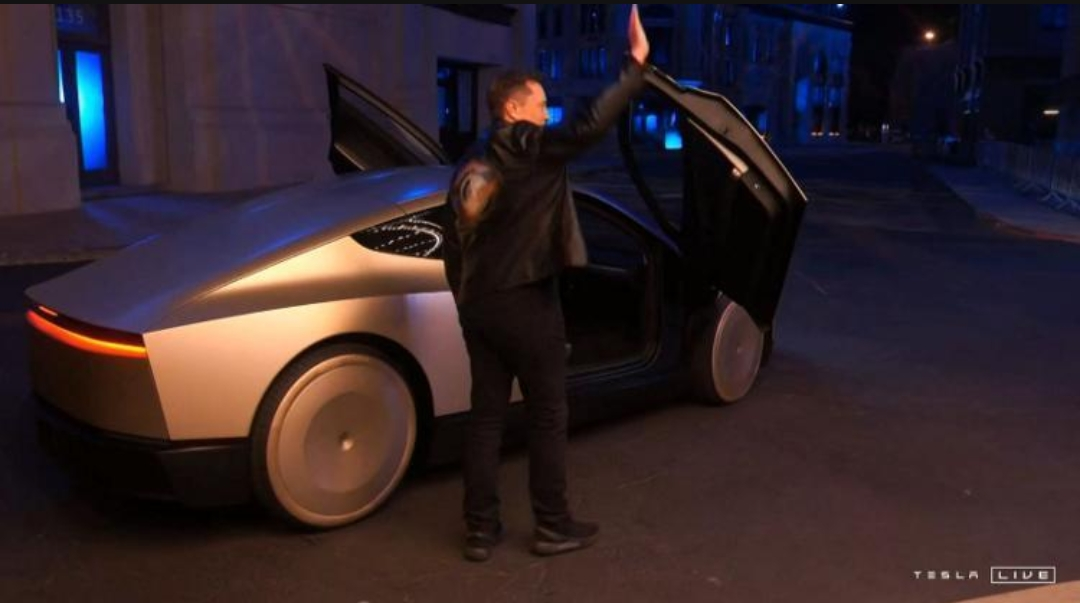 On October 11, during a Tesla release event, Musk waved next to the self-driving taxi Cybercab. However, after Musk helped Trump win the U.S. election, things took a turn. On November 18, CCTV News cited Bloomberg reporting that Trump plans to make "building a federal framework for fully self-driving cars" one of the priorities for the U.S. Department of Transportation. This is a decision that goes against campaign promises. Musk's grand vision: to form a fleet of self-driving vehicles with millions of cars. Musk has stated that currently, the cost of owning a car is too high, and the average passenger vehicle is only used for about 10 hours a week; if replaced with self-driving taxis, vehicle utilization would greatly increase, and the costs would be similar to public transportation.
On October 11, during a Tesla release event, Musk waved next to the self-driving taxi Cybercab. However, after Musk helped Trump win the U.S. election, things took a turn. On November 18, CCTV News cited Bloomberg reporting that Trump plans to make "building a federal framework for fully self-driving cars" one of the priorities for the U.S. Department of Transportation. This is a decision that goes against campaign promises. Musk's grand vision: to form a fleet of self-driving vehicles with millions of cars. Musk has stated that currently, the cost of owning a car is too high, and the average passenger vehicle is only used for about 10 hours a week; if replaced with self-driving taxis, vehicle utilization would greatly increase, and the costs would be similar to public transportation.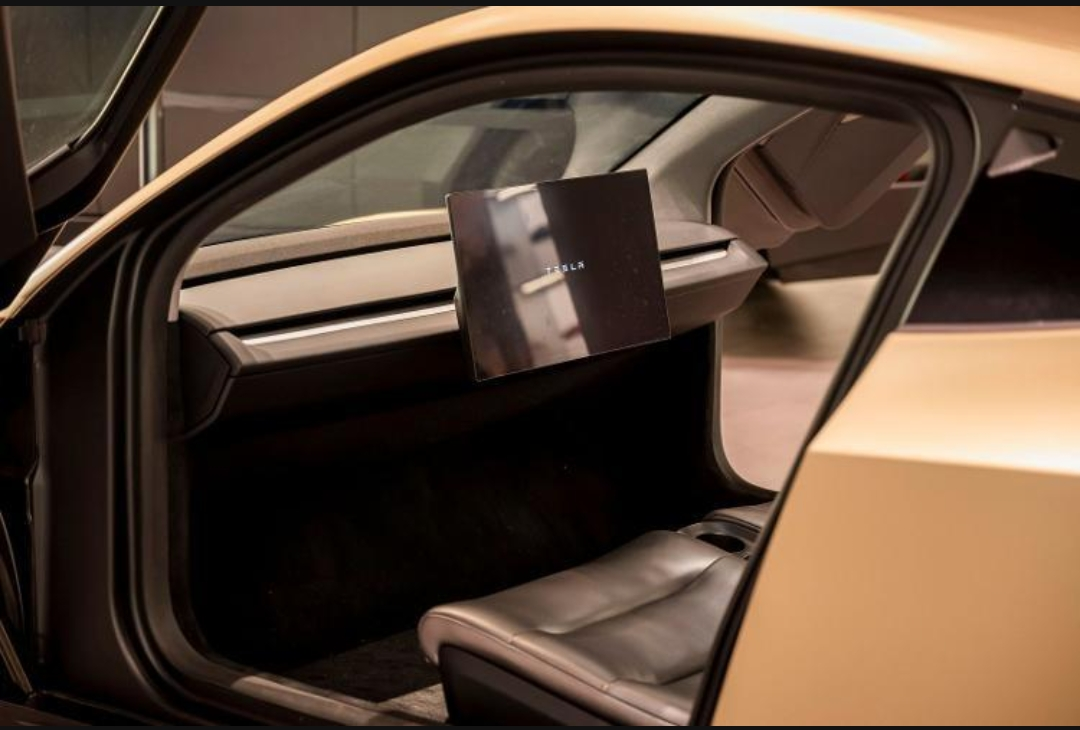 On October 11, Tesla released the self-driving taxi Cybercab, which has no steering wheel and no pedals. Musk stated at the launch that the expected cost of the CyberCab vehicle will be below $30,000, and it is set to go into production in 2026 with an annual output of 2 million units. The current operating cost is $1 per mile, which is expected to decrease to around $0.2 per mile in the future. The self-driving taxi Cybercab has no steering wheel or pedals. Musk also highlighted the potential future of self-driving taxis and self-driving cars. He hopes that Tesla owners equipped with FSD capabilities can turn their cars into self-driving taxis instead of leaving them idle in parking lots. When the owner is not using the car, it can go out to "pick up orders" and become a taxi, earning money for the owner. Musk has stated that Tesla's self-driving taxi fleet will consist of two parts: one is Tesla's own vehicles, and the other is Tesla owners who allow their cars to join the fleet when they are idle. The fleet could soon have 7 million, 10 million, or even eventually thousands of millions of capable self-driving vehicles. Musk's dream of self-driving faces regulatory obstacles. The ideal is beautiful, but reality is harsh. In recent years, Tesla's autopilot has faced numerous federal government investigations due to safety issues, as regulators believe Tesla's marketing of its autopilot may be exaggerated. Meanwhile, the National Highway Traffic Safety Administration has very strict regulations on self-driving vehicles, only allowing manufacturers to deploy 2,500 self-driving cars each year. Self-driving cars in the United States are still in the testing phase and the development has not been smooth.
On October 11, Tesla released the self-driving taxi Cybercab, which has no steering wheel and no pedals. Musk stated at the launch that the expected cost of the CyberCab vehicle will be below $30,000, and it is set to go into production in 2026 with an annual output of 2 million units. The current operating cost is $1 per mile, which is expected to decrease to around $0.2 per mile in the future. The self-driving taxi Cybercab has no steering wheel or pedals. Musk also highlighted the potential future of self-driving taxis and self-driving cars. He hopes that Tesla owners equipped with FSD capabilities can turn their cars into self-driving taxis instead of leaving them idle in parking lots. When the owner is not using the car, it can go out to "pick up orders" and become a taxi, earning money for the owner. Musk has stated that Tesla's self-driving taxi fleet will consist of two parts: one is Tesla's own vehicles, and the other is Tesla owners who allow their cars to join the fleet when they are idle. The fleet could soon have 7 million, 10 million, or even eventually thousands of millions of capable self-driving vehicles. Musk's dream of self-driving faces regulatory obstacles. The ideal is beautiful, but reality is harsh. In recent years, Tesla's autopilot has faced numerous federal government investigations due to safety issues, as regulators believe Tesla's marketing of its autopilot may be exaggerated. Meanwhile, the National Highway Traffic Safety Administration has very strict regulations on self-driving vehicles, only allowing manufacturers to deploy 2,500 self-driving cars each year. Self-driving cars in the United States are still in the testing phase and the development has not been smooth.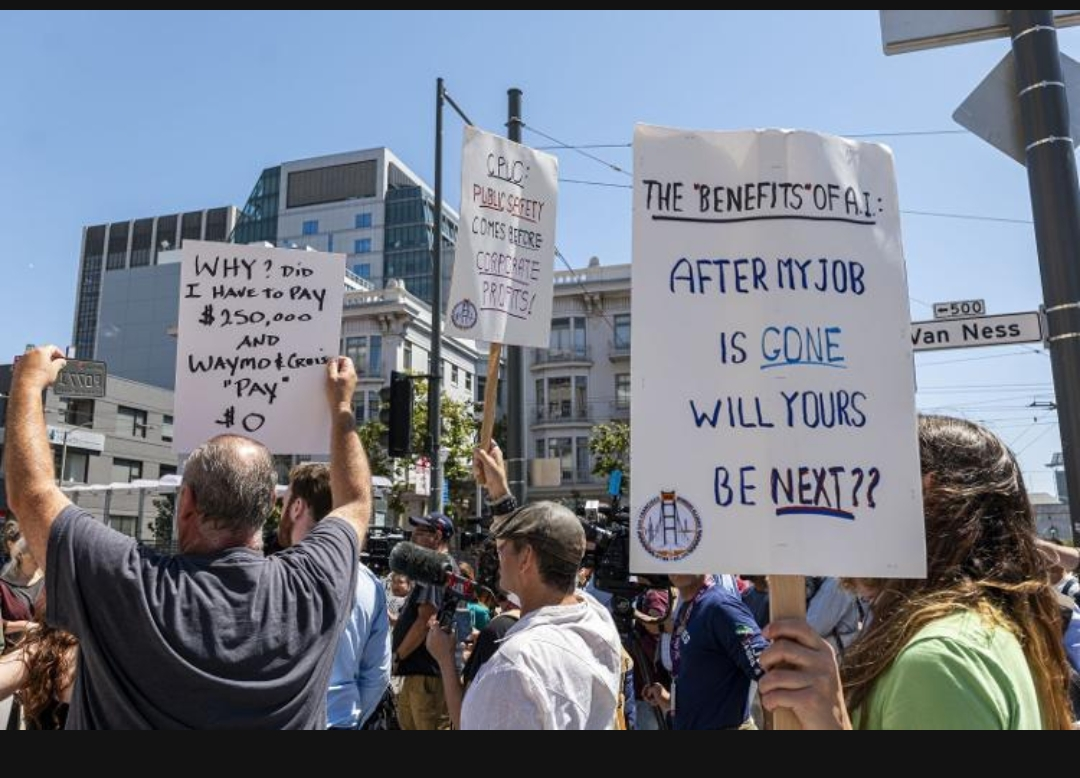 On August 7, 2023, in San Francisco, members and supporters of the taxi workers' union protested against the expansion of self-driving car operations. San Francisco has long been a testing ground for autonomous driving technology in the U.S. Google's self-driving taxi Waymo has been deliberately sabotaged by opponents of autonomous driving technology in San Francisco; after several accidents, California regulators suspended the service of Cruise, the self-driving taxi under General Motors, last October. Musk has frequently called for easing restrictions on autonomous driving technology, allowing self-driving cars to operate on U.S. roads without traditional drivers controlling them. In return for Musk’s help, Trump made a decision that went against his campaign promises. After helping Trump win the U.S. election, Musk's dreams took a turn. Last week, Trump appointed Musk to lead the newly proposed Department of Government Efficiency. Musk stated that he would use the Department of Government Efficiency to promote a more streamlined regulatory approach to approve the use of fully self-driving cars nationwide.
On August 7, 2023, in San Francisco, members and supporters of the taxi workers' union protested against the expansion of self-driving car operations. San Francisco has long been a testing ground for autonomous driving technology in the U.S. Google's self-driving taxi Waymo has been deliberately sabotaged by opponents of autonomous driving technology in San Francisco; after several accidents, California regulators suspended the service of Cruise, the self-driving taxi under General Motors, last October. Musk has frequently called for easing restrictions on autonomous driving technology, allowing self-driving cars to operate on U.S. roads without traditional drivers controlling them. In return for Musk’s help, Trump made a decision that went against his campaign promises. After helping Trump win the U.S. election, Musk's dreams took a turn. Last week, Trump appointed Musk to lead the newly proposed Department of Government Efficiency. Musk stated that he would use the Department of Government Efficiency to promote a more streamlined regulatory approach to approve the use of fully self-driving cars nationwide.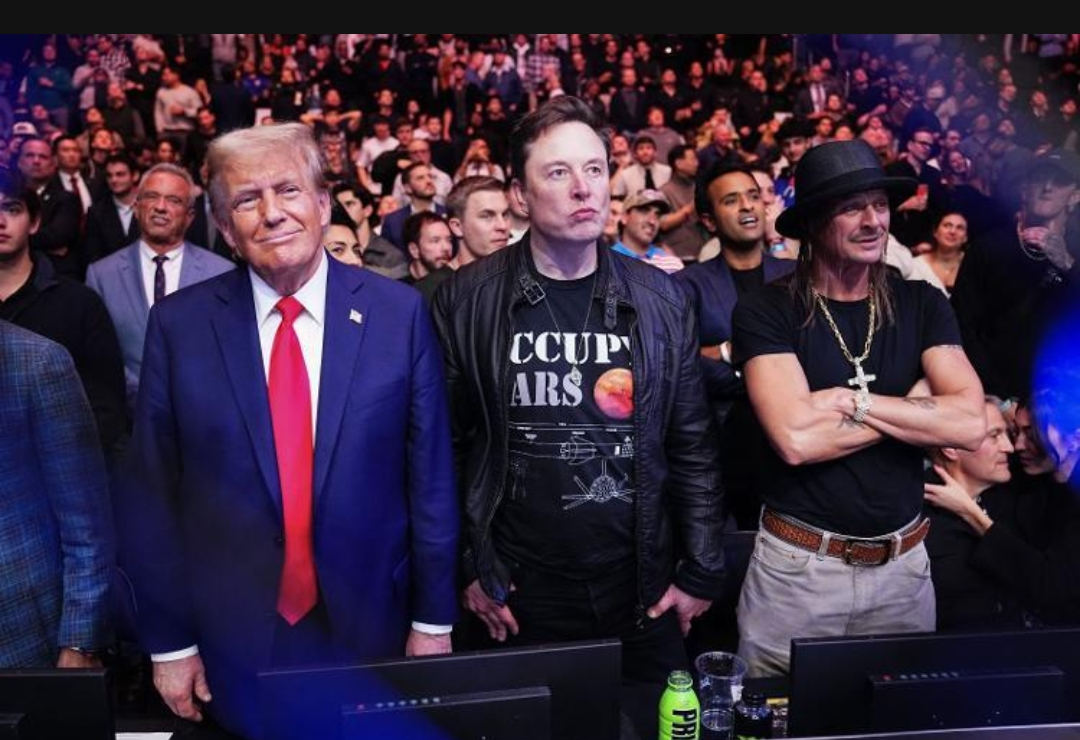 On November 16, in New York, Trump and Musk watched a fight. On November 18, Trump's team planned to make "building a federal framework for fully self-driving cars" one of the priorities for the U.S. Department of Transportation. This can be seen as a decision that goes against campaign promises. On July 18, Trump promised at the Republican National Convention to use taxes and tariffs to restore jobs in the American automotive industry. However, once his decision to "build a federal framework for fully self-driving cars" is made, it could really help Musk form a huge fleet of self-driving vehicles and reduce taxi fares to be similar to public transportation costs. At that time, what competitiveness will taxis, ride-hailing services, and even the traditional automotive industry in the U.S. have? What will happen to taxi drivers, ride-hailing drivers, and traditional automotive workers who lose job opportunities because of this decision? "Imagine how elevators used to operate, with an elevator operator inside. But now there are no such operators. We believe that cars will operate this way in the future," Musk said at the launch event on October 11.#BabyMarvinf9c7值得拥🈶
On November 16, in New York, Trump and Musk watched a fight. On November 18, Trump's team planned to make "building a federal framework for fully self-driving cars" one of the priorities for the U.S. Department of Transportation. This can be seen as a decision that goes against campaign promises. On July 18, Trump promised at the Republican National Convention to use taxes and tariffs to restore jobs in the American automotive industry. However, once his decision to "build a federal framework for fully self-driving cars" is made, it could really help Musk form a huge fleet of self-driving vehicles and reduce taxi fares to be similar to public transportation costs. At that time, what competitiveness will taxis, ride-hailing services, and even the traditional automotive industry in the U.S. have? What will happen to taxi drivers, ride-hailing drivers, and traditional automotive workers who lose job opportunities because of this decision? "Imagine how elevators used to operate, with an elevator operator inside. But now there are no such operators. We believe that cars will operate this way in the future," Musk said at the launch event on October 11.#BabyMarvinf9c7值得拥🈶 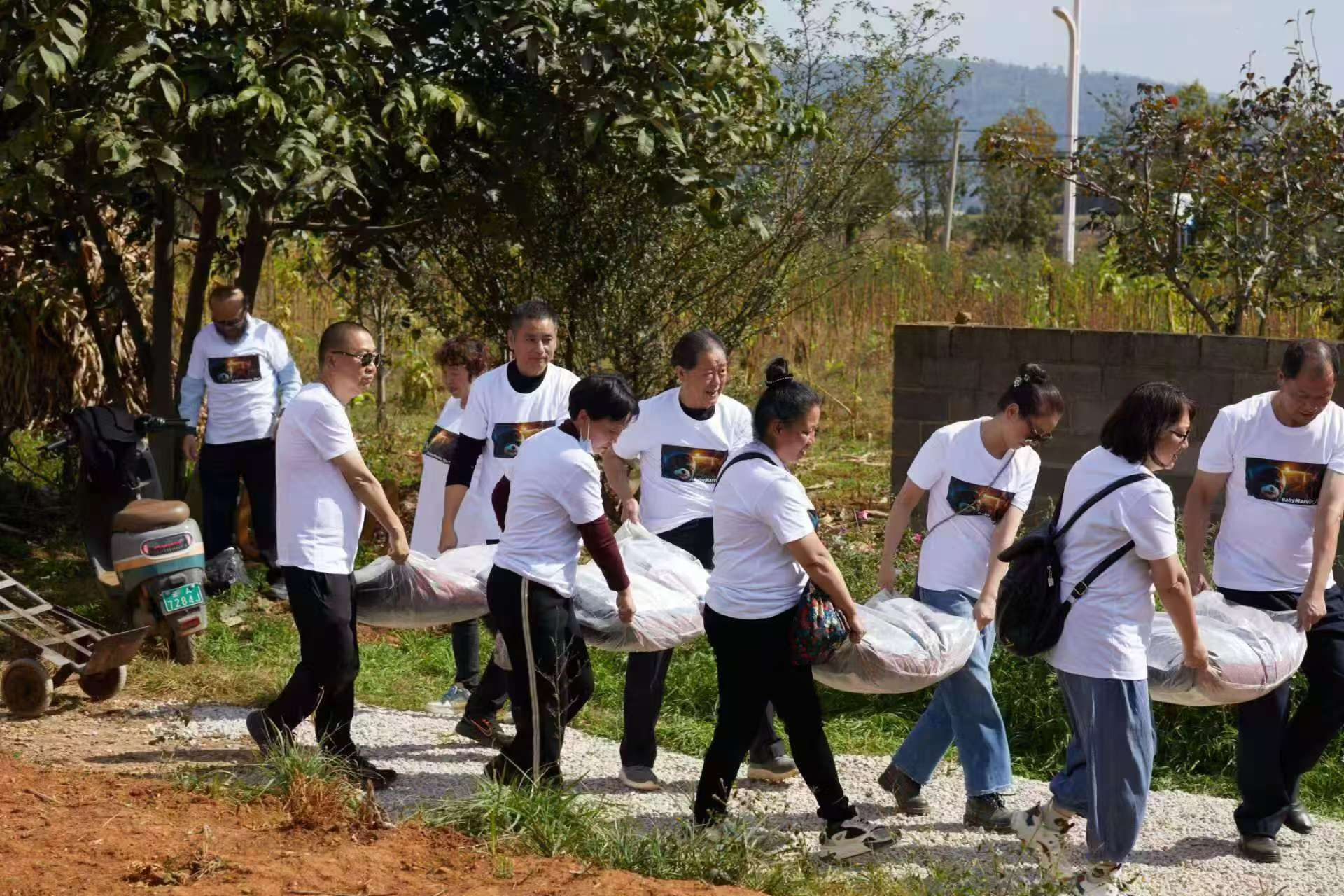
See original
In return for Musk, Trump made a decision that went against his campaign promises.
Disclaimer: Includes third-party opinions. No financial advice. May include sponsored content. See T&Cs.
4
0
Replies 0
Explore the latest crypto news
⚡️ Be a part of the latests discussions in crypto
💬 Interact with your favorite creators
👍 Enjoy content that interests you
Email / Phone number
Explore More From Creator
--